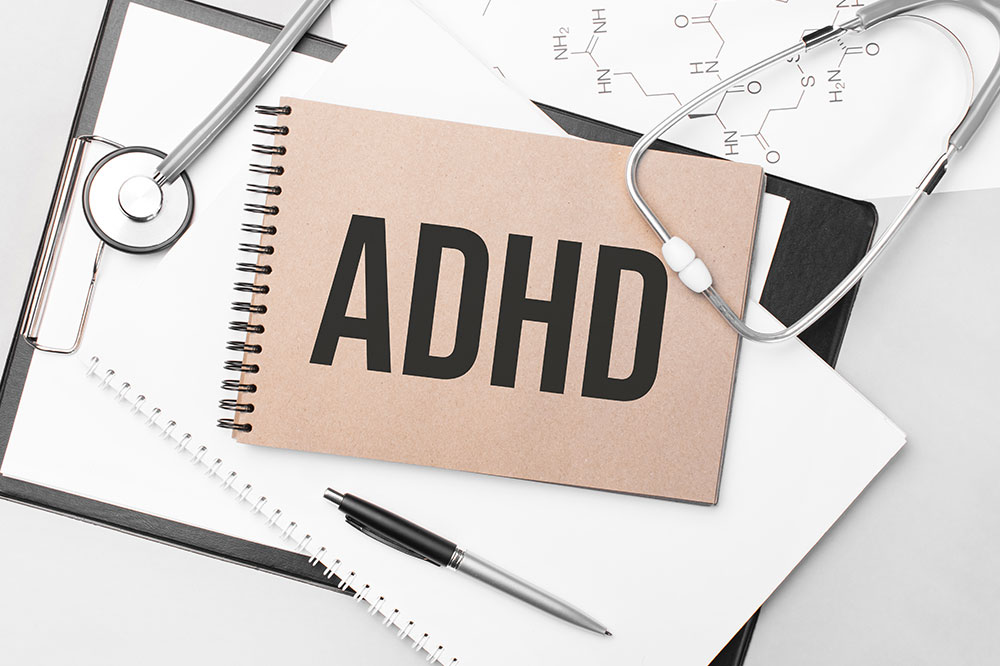6 important questions to ask the gynecologist

One may find it awkward to discuss certain topics with the gynecologist. And it is one of the main causes of the delay in the diagnosis and treatment of certain health conditions. However, when it comes to disease prevention, keeping an open communication channel and discussing one’s health is the best way to improve lifestyle and outlook. Here are a few common questions that one can ask their gynecologist without hesitation.
Ask about menstruation
Women experience many recurring symptoms such as cramps, headaches, and soreness during their regular menstrual cycle. However, it is necessary to ask the gynecologist about irregular periods or the symptoms flaring up unexpectedly. Severe flare-ups are a precursor to serious conditions like endometriosis. Also, it’s quite normal to ask questions about how regular the cycle should be, what is the ideal flow of the cycle, and what should be done while experiencing irregular periods.
Discuss about low libido
Hormones in the body drive one’s libido. And there are a number of reasons why the desire can plummet. Factors like stress, the nature of intimacy, the stage of relationships, and even personal preferences all impact one’s desire. So it’s okay to ask the gynecologist and openly discuss any underlying concerns. It is also important to discuss and understand safe practices to prevent the risk of infections that impact one’s overall health.
Ask about unpleasant vaginal odor
Odor is emitted by the body when the sweat glands release liquids from the pores of the skin. It is, in fact, one of the natural ways the body clears out toxins from the bloodstream. So, it’s natural for some smells to linger after heavy-duty workouts or any physical activity that causes sweating. However, any persistent and unpleasant smell that lingers despite following good hygiene can indicate an infection. While it may be unpleasant to discuss one’s private affairs, openly discussing the problem is the only way to treat the area.
Ask about unusual growths
A bump or any lump that appears unexpectedly and continues to grow is another cause for concern that should be discussed with the gynecologist. If one also experiences new pain around these growth spots, it could be a sign of infection or disease transmitted during intercourse. STDs need to be addressed promptly to prevent major health complications.
Ask about leakage
There are a number of reasons why the body might develop incontinence resulting in unexpected urinary or fecal discharge. These discomforts should never be overlooked, as prolonged symptoms can result in serious complications. Women might experience these discomforts after childbirth or menopause. It is necessary to discuss treatment options and muscle-strengthening exercises to regain better control of the pelvic floor that governs these functions.
Discuss about pregnancy
Gynecologists are the first point of contact right from conception to giving birth. And many people prefer sticking to one doctor throughout the gestation period. So, it’s necessary to establish open communication with the consulting professional and ask questions about pregnancy. Women can openly discuss their chances of conception, ways to improve fertility, and lifestyle changes that improve the overall outlook for pregnancy. Also, discuss when to stop using birth control to improve the odds of conception.
It is perfectly alright to ask questions to any doctor. Often, doubts arise because the underlying concern needs to be addressed. So never hesitate to clear doubts.






